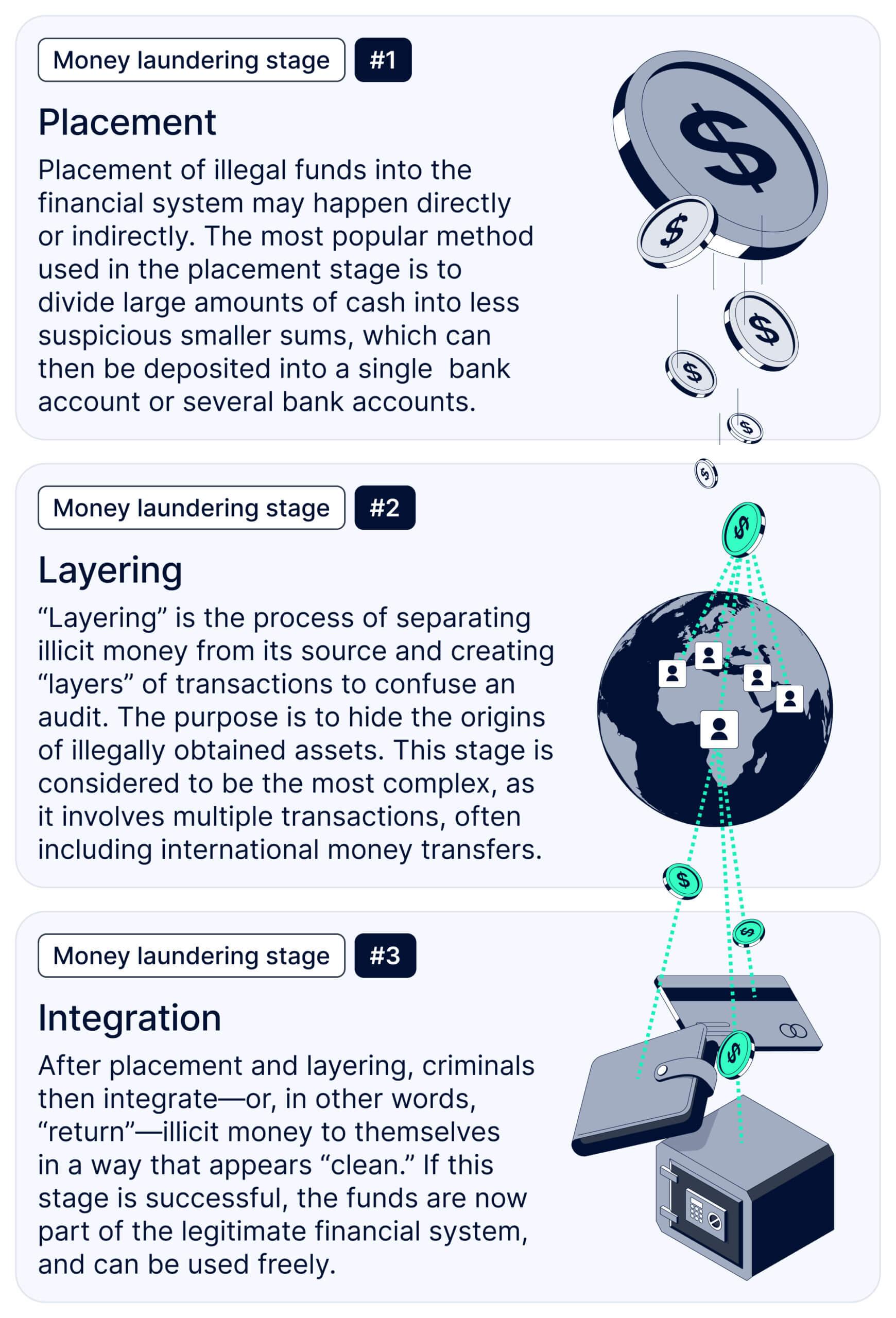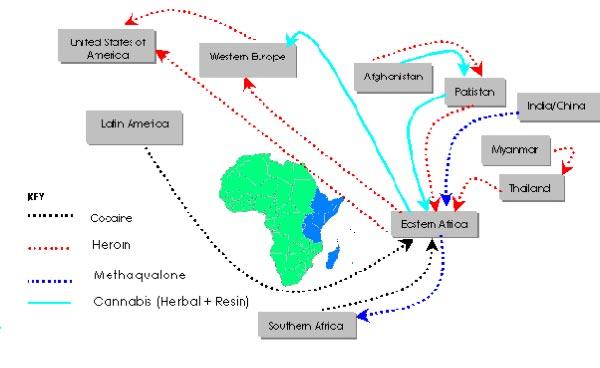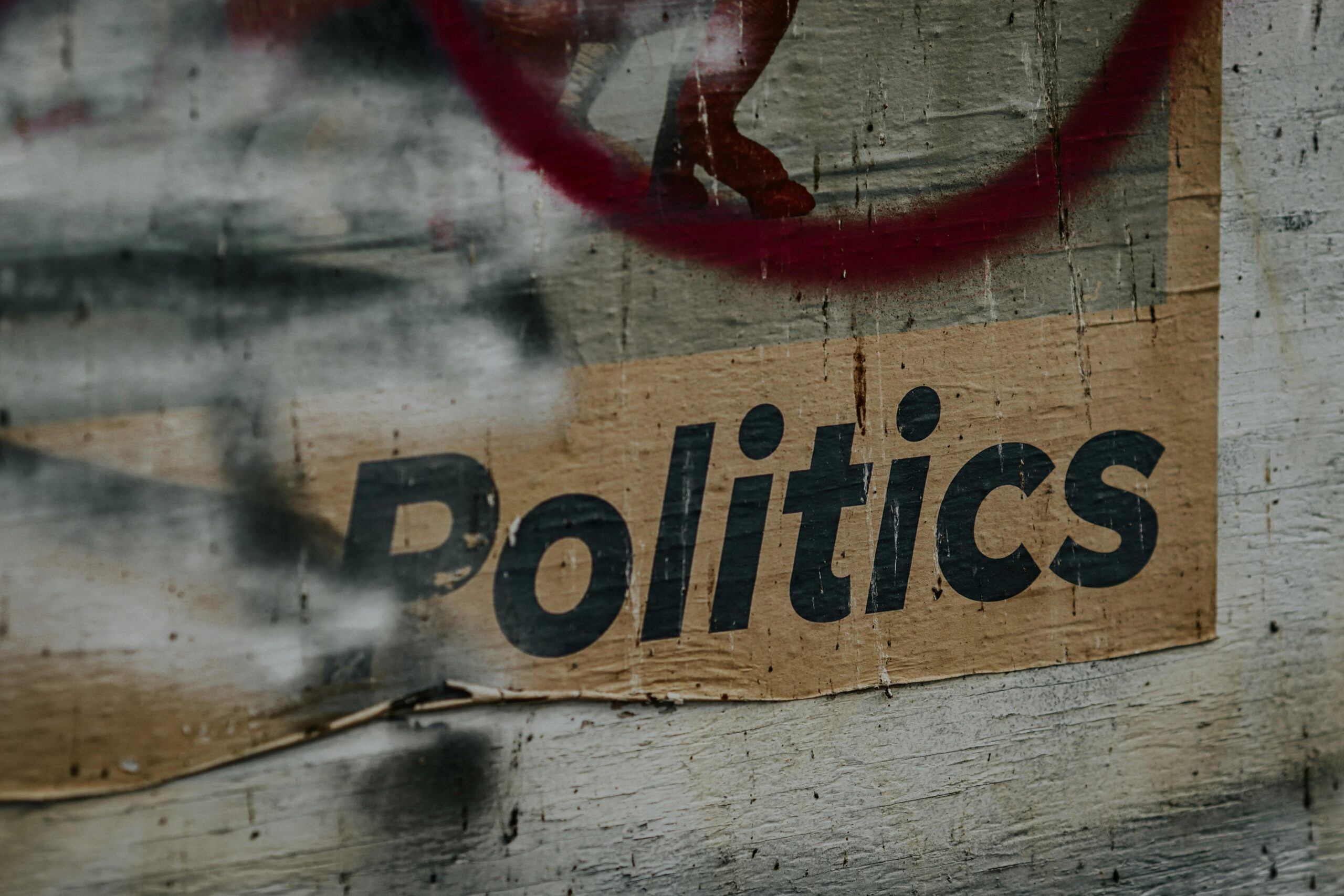Ever wonder what really happens behind closed doors when a police officer faces a misconduct allegation? The mysterious world of Internal Affairs often feels like uncharted territory, filled with complex investigations, tense interviews, and high-stakes decisions. In this article, we’re peeling back the curtain to explore how Internal Affairs units work diligently—sometimes under intense pressure—to uncover the truth, hold officers accountable, and restore public trust. Join me as we dive inside this fascinating process and unpack the steps that shape the outcome of police misconduct cases.
Table of Contents
- Understanding the Internal Affairs Process Behind the Scenes
- Unpacking Common Challenges in Investigating Police Misconduct
- The Role of Transparency and Accountability in Restoring Public Trust
- Practical Steps for Improving Internal Affairs Effectiveness and Fairness
- In Conclusion
Understanding the Internal Affairs Process Behind the Scenes
When a complaint is lodged against an officer, the internal affairs unit springs into action, functioning as the police department’s own watchdog. This investigative body operates meticulously to ensure every claim is handled with impartiality and thoroughness, though their work often unfolds away from public view. They begin by gathering an array of evidence, including:
- Body camera footage and surveillance videos
- Eyewitness statements
- Officer reports and communication logs
- Forensic analyses, when applicable
Interviews serve as a crucial part of piecing together the narrative, often involving multiple parties to discern any discrepancies or corroborations. This behind-the-scenes scrutiny aims not only to determine if misconduct has occurred but also to protect officers from false accusations, maintaining a delicate balance of transparency and internal accountability.
Throughout the process, internal affairs investigators adhere to strict protocols that govern the investigation’s progression and confidentiality. It’s a procedural dance complicated by the department’s need to preserve morale, uphold the law, and respond to community concerns. Regular reporting to supervisory entities and sometimes external review boards ensures checks and balances. However, the intensity and duration of inquiries can vary widely, influenced by the severity of the allegations and the evidence at hand. The entire system is designed to be a rigorous filter — helping departments weed out wrongdoing and foster trust, even when the stakes are high and public scrutiny intense.
Unpacking Common Challenges in Investigating Police Misconduct
Delving into police misconduct investigations reveals a labyrinth of obstacles that internal affairs divisions must navigate carefully. One of the most persistent challenges is the “blue wall of silence”, an unwritten code that discourages officers from speaking out against their peers. This cultural barrier often complicates efforts to gather honest testimonies and corroborative evidence. Furthermore, the highly technical nature of law enforcement operations means that investigators need specialized knowledge to understand nuanced contexts—without this expertise, cases risk being misunderstood or dismissed prematurely.
Another layer of difficulty arises from procedural and political pressures. Departments may face intense public scrutiny or media attention, adding strain to an already sensitive situation. Balancing transparency with the need to protect due process frequently results in painstakingly slow investigations. Common hurdles include:
- Limited access to body camera footage or discrepancies in video evidence
- Witness intimidation or reluctance to come forward
- Ambiguities in departmental policies regarding misconduct
- Potential conflicts of interest when supervisors investigate their own officers
Understanding these complexities sheds light on why unfolding a police misconduct case can be a meticulous and challenging endeavor, requiring perseverance and a commitment to impartiality from all parties involved.
The Role of Transparency and Accountability in Restoring Public Trust
Transparency and accountability are the cornerstones of rebuilding faith between law enforcement agencies and the communities they serve. When internal affairs divisions openly share the processes behind investigations and outcomes—without compromising privacy or legal integrity—it invites public scrutiny that can help dispel suspicion. This commitment to openness transforms internal affairs work from an opaque black box to a clear mechanism of justice, showing that no officer is above the rules. Moreover, it sends a powerful message that ethical conduct is not just encouraged but systematically enforced.
Establishing trust is not a one-way street; it requires collaborative dialogue and constructive feedback loops involving citizens, advocacy groups, and police leadership. Some effective steps to enhance transparency include:
- Publishing regular reports on complaint statistics and case resolutions.
- Offering community forums where internal affairs officers explain investigative standards.
- Implementing independent oversight bodies that work alongside internal affairs.
These strategies foster a culture of responsibility that encourages officers to uphold their oath with integrity, knowing that their actions are observed and accountable—not just internally, but by the public they protect.
Practical Steps for Improving Internal Affairs Effectiveness and Fairness
One of the most significant moves to enhance the credibility of internal affairs is fostering a culture of complete transparency. This means ensuring that investigation procedures, timelines, and outcomes are clearly communicated not only to the involved officers but also to the public when appropriate. Transparency is bolstered by instituting independent oversight committees that collaborate with internal affairs but maintain impartiality to prevent conflicts of interest. In practice, this could look like open forums where findings are discussed or periodic public reports detailing trends and reforms—keeping the community connected to the accountability process.
Training and continuous education play an equally critical role. Introducing mandatory, scenario-based ethics training equips investigators and officers alike with a deeper understanding of fairness and procedural justice. Integrating technology—like body cameras and AI-driven case management systems—can further minimize bias by creating an objective record and streamlining investigations. Additionally, offering accessible channels for anonymous reporting encourages whistleblowers to come forward without fear. Together, these steps build a system that is not only effective at uncovering misconduct but is genuinely fair to both the officers and the public they serve.
In Conclusion
Navigating the complex world of police misconduct investigations reveals just how intricate—and critical—the role of Internal Affairs truly is. From the initial complaint to the final decision, each step sheds light on the challenges of holding officers accountable while striving to maintain public trust. As we continue to watch these processes unfold, one thing remains clear: transparency and diligence in internal investigations are essential for fostering a justice system that works for everyone. If you found this peek behind the scenes intriguing, stay curious and keep asking questions—because understanding how these cases unfold is the first step toward meaningful change.












